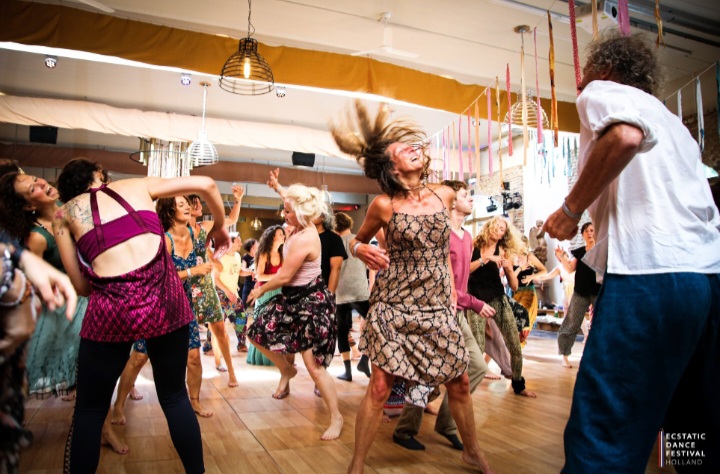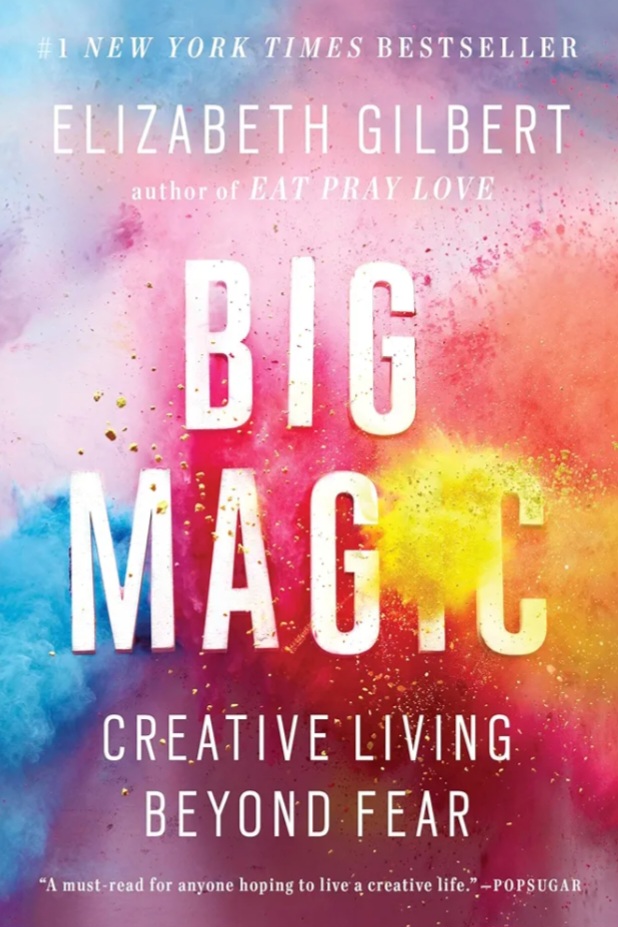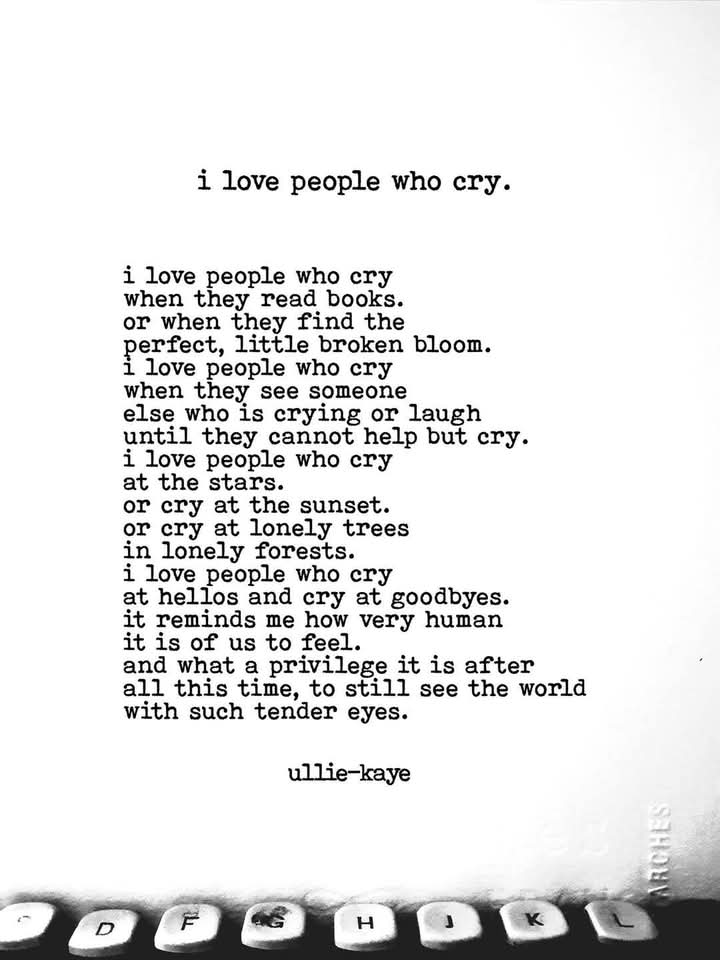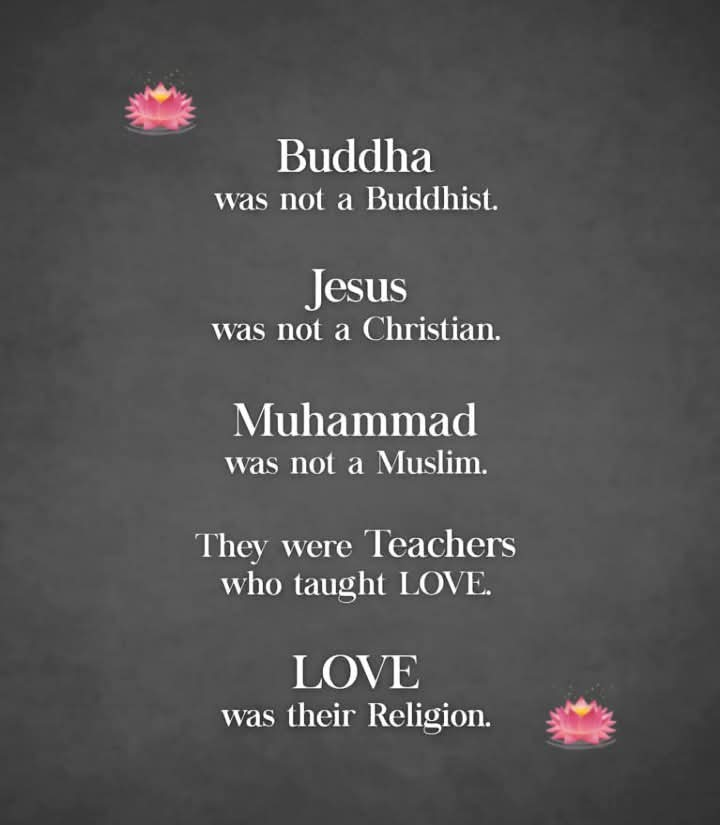In recent years, a silent revolution has swept through nightclubs, yoga studios, church basements, and festival fields. But this revolution has no choreography, no judgment, and no shoes. It’s called ecstatic dance, and it’s not just a trend — it’s a global movement reshaping how people relate to their bodies, their emotions, and their communities.
What Is Ecstatic Dance?
Ecstatic dance is a form of freeform movement meditation. It’s a practice where participants dance in a non-verbal, judgment-free space, often without alcohol or conversation. The focus is on expression rather than performance, process rather than perfection. There are no choreographed steps, just an open invitation to move however the music calls you.
The roots of ecstatic dance go deep — from shamanic and tribal rituals to Gabrielle Roth’s 5Rhythms, trance dance, and the rave culture of the 1990s. Today’s ecstatic dance gatherings combine curated soundscapes (often by live DJs) with intentional spaces where people are encouraged to listen inward and connect outward — all without saying a word.
The Mental and Emotional Benefits of Ecstatic Dance
1. Stress Relief and Emotional Release
One of the most immediate and powerful effects of ecstatic dance is its ability to reduce stress and release pent-up emotions. In a world full of stimulation and overthinking, movement becomes a channel for expression and healing. Neuroscientific studies, such as those on somatic experiencing (Peter Levine) and dance/movement therapy, show how trauma and stress are stored in the body and how movement can help discharge that energy.
As Bessel van der Kolk explains in The Body Keeps the Score, healing doesn’t always come through talk — sometimes, it comes through shaking, stomping, crying, laughing, and letting the body move as it needs.
2. Flow States and Mindfulness
Ecstatic dancers often report feeling a deep state of “flow” — a psychological state characterized by total immersion and timelessness, first described by Mihaly Csikszentmihalyi. Because there are no steps to follow and no one to impress, the dancer can fully surrender to the rhythm, entering a meditative, trance-like state. This is movement meditation in its purest form.
It’s not uncommon to leave an ecstatic dance session feeling more present, centered, and connected to one’s intuition.
The Physical and Health Benefits
Beyond the psychological aspects, ecstatic dance is incredibly good for the body. A typical session can last anywhere from 60 to 120 minutes and incorporates everything from slow stretches to vigorous cardio. This full-spectrum movement engages the cardiovascular system, tones muscles, increases flexibility, and improves coordination — all without the competitiveness of a gym or structured fitness class.
Moreover, because it allows the body to move freely, it encourages natural movement patterns that are often suppressed by modern sedentary life. It’s not about achieving the “perfect form” — it’s about letting the form emerge from within.
Community, Connection, and Belonging
One of the most powerful yet underappreciated aspects of ecstatic dance is the sense of belonging it fosters. In a time where loneliness and digital disconnection are on the rise, dance offers a way back to communal embodiment — to feel oneself in a room full of others, all moving differently but somehow together.
There’s a particular intimacy that develops when people share space in motion without needing to speak. You see others as they are — joyful, wild, grieving, curious — and you’re seen in return. That wordless recognition builds a kind of trust and community that’s hard to replicate elsewhere.
In fact, some researchers (like Robin Dunbar, who studies the role of synchronized movement in social bonding) have shown that dancing together releases endorphins and increases feelings of trust and group cohesion. Ecstatic dance may be modern, but it taps into ancient human ways of gathering and healing through shared rhythm.
A Global Phenomenon
From Bali to Berlin, San Francisco to São Paulo, ecstatic dance is blossoming into a global network. Local communities host regular gatherings, often in studios, retreat centers, or outdoor spaces. Major festivals like Ecstatic Dance Oakland, Dance Temple at Boom Festival, and MoveMeant have brought the movement to international stages.
Each community has its own flavor — some are more spiritual, some more tribal, some more urban and DJ-driven — but all honor the same core principles:
• No talking on the dance floor
• No shoes (when possible)
• No drugs or alcohol
• Respect the space and each other
These simple agreements help keep the space safe, inclusive, and open for transformation.
Getting Started with Ecstatic Dance
If you're curious about trying ecstatic dance, here are a few tips:
• Come as you are. No dance experience needed.
• Wear comfortable clothes. You’ll get sweaty.
• Hydrate. Bring water.
• Arrive early and stay for the whole arc. Many dances start slow, build intensity, and end with a peaceful integration.
• Let go of self-consciousness. Everyone is there for the same reason — to move and feel free.
Many people who try ecstatic dance for the first time say it was life-changing — not because they “learned how to dance,” but because they reclaimed their right to move.
Why It Matters Now
In an increasingly disembodied world — where people live more in their heads and screens than in their bodies and relationships — ecstatic dance offers a path back to the wisdom of the body. It reminds us that joy, grief, creativity, and transformation live not just in our minds, but in our muscles, bones, and breath.
Whether you’re seeking a workout that doesn’t feel like work, a spiritual practice that doesn’t require doctrine, or simply a safe space to be yourself, ecstatic dance might be the medicine you didn’t know you needed.
Final Thought:
We are born to move. Long before language, we danced around fires, grieved through movement, and celebrated life with rhythm. Ecstatic dance isn’t new — it’s ancient — and its rising popularity might just be a sign that humanity is remembering something it almost forgot:
Keywords: ecstatic dance, benefits of ecstatic dance, movement meditation, conscious dance, dance therapy, healing through dance
|
|







